
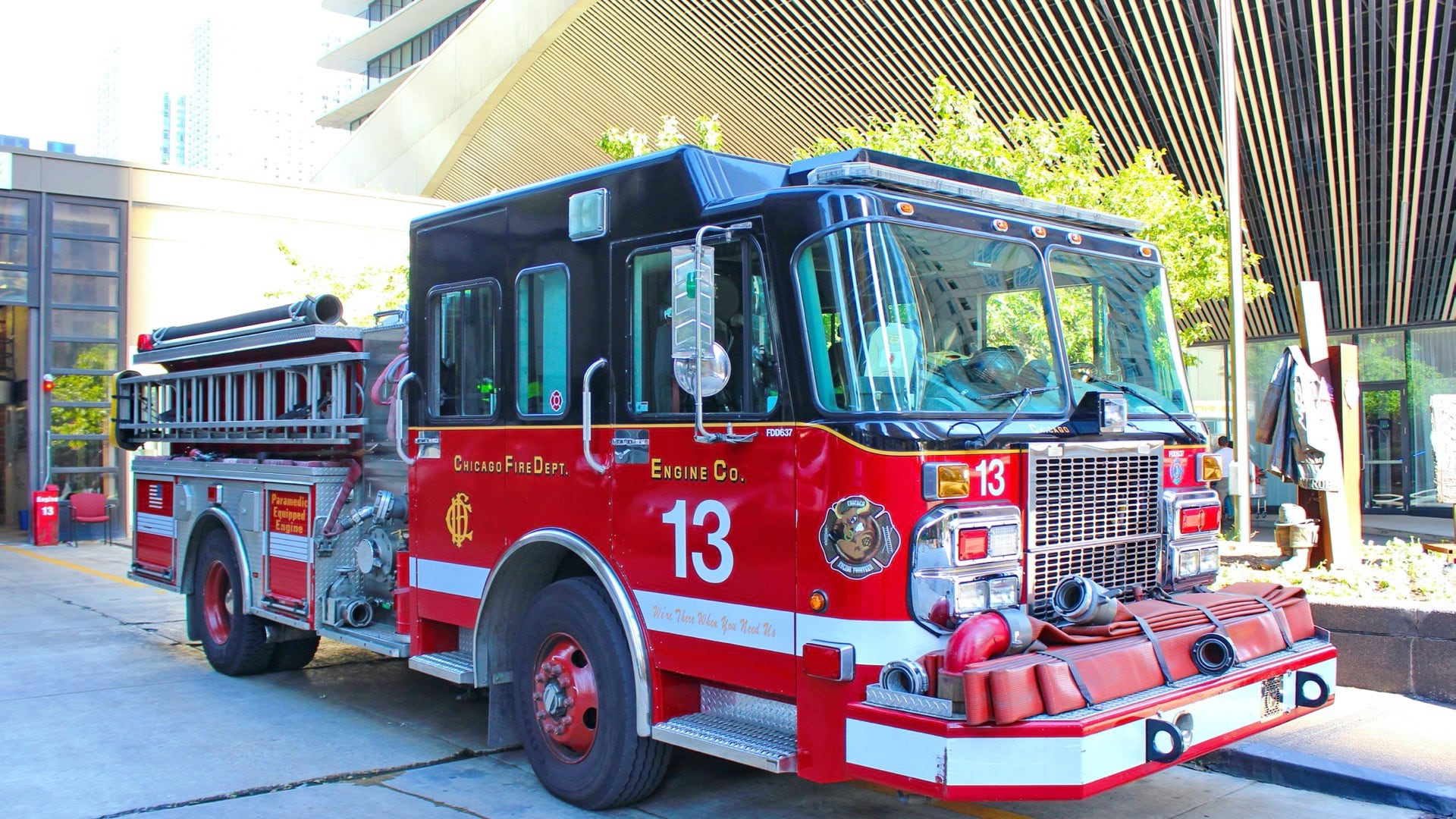
July 7, 2020 |
October 20, 2020

As he watched wildfires rage across California, Paul Doherty had an idea. It was 2015, and Doherty was living in Redlands, 60 miles east of Los Angeles. He noted heightened levels of anxiety and alertness among people across the region.
The problem, Doherty thought, was how to take advantage of that alertness, especially in the early stages of a fire. The Los Angeles metro area encompasses five counties and hundreds of independent cities. Could people turn to city government sources, county officials, sheriff’s departments, or federal agencies for the wildfire information they need? Each has its own data and social media sources. Moreover, fires often travel across jurisdictions.
“If you didn’t already know that a fire was occurring within the Riverside city limits, you didn’t know to look for information from the city of Riverside,” Doherty said. Evacuation information, often given only in text form rather than as a map, made it hard for the public to understand and act.
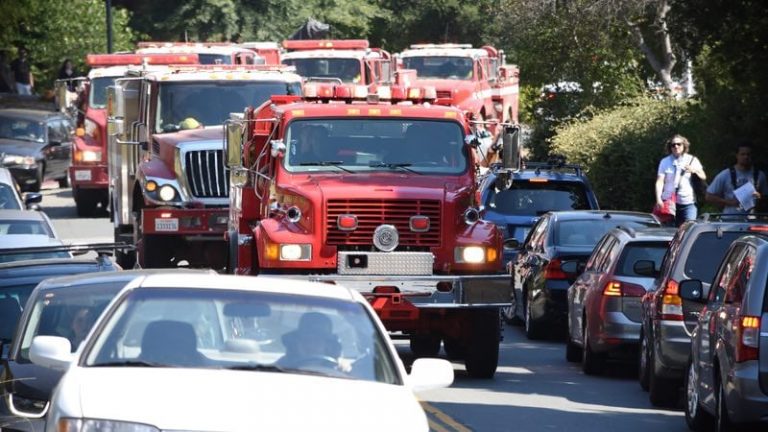
Doherty was proficient with geographic information system (GIS) software used to create digital maps with place-specific data. GIS-based fire maps already existed, but they were mainly used by firefighters to track a fire’s progress, and only updated once a day. Every night, pilots flew over the area, gathering infrared data that was then processed by a GIS program to create the maps. The next night, they did it again.
Using his own personal use ArcGIS Online account, Doherty began a project called #FireMappers. “I just started dropping points on a map where I knew there was a fire,” he said. “And I knew because a reporter was there or it was described on the radio or through social media—whatever I could figure out. I did it mostly for fires near Redlands, and mostly for friends, so they’d know what was happening.”
Delineating the exact boundaries of fires in progress wasn’t the point of #FireMappers. The goal was to give people a way to visualize their location in relation to the danger—and provide links to websites and social media accounts of responding agencies for more information.
Even after Doherty moved to Canada and then New Zealand, he kept the project going, monitoring internet feeds of Southern California police and fire scanners. #FireMappers developed a steady following.
Doherty noticed that traffic to the online maps would increase when a fire encroached on a densely populated area, or when a fire seemed particularly complex and unpredictable. In October 2019, Angelenos experienced both simultaneously when the Getty Fire erupted near the I-405 freeway and burned through the hills of the Brentwood neighborhood. The presence of Santa Ana winds—dry blasts that blow down from the mountains, a fixture of autumn in Southern California—increased the fire’s volatility.
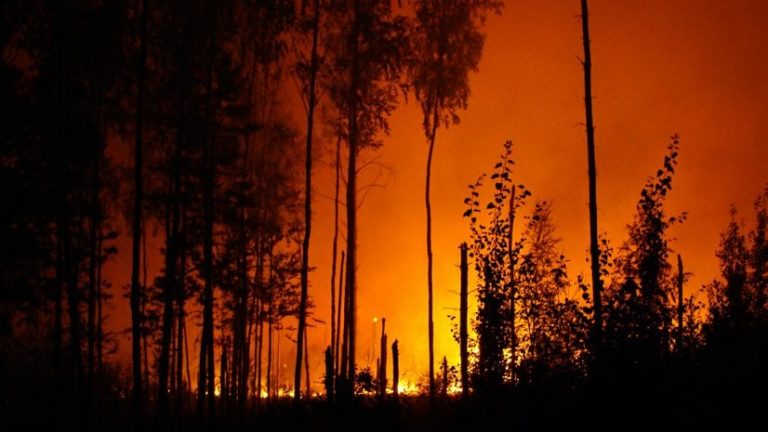
Traffic on #FireMappers surged, from around a thousand visits a day to a million. “I was thinking, uh-oh, this is more success than I was looking for,” Doherty said.
Doherty realized he could no longer treat #FireMappers as an experiment. By then, he was again living in Redlands, working as the director of technology innovation for the National Alliance for Public Safety GIS (NAPSG) Foundation. NAPSG agreed to bring #FireMappers under its umbrella, but the project would still need outside assistance.
Doherty reached out to GISCorps, a volunteer offshoot of the Urban and Regional Information Systems Association (URISA), to tap the skills of advanced GIS users who design mapping projects for humanitarian or disaster-relief purposes. GISCorps quickly assembled a team of 30 #FireMappers volunteers, divided into a few geographic regions. Each regional group established a Slack channel to discuss information on emerging fires.
The addition of GISCorps allowed #FireMappers to expand its purview into Northern California and the Pacific Northwest, just in time for the latter region to experience a brutal wildfire season this year.
“We had a huge wind event and very dry weather, and so the sparks just took off,” said German Whitley, an Oregon resident and GISCorps’s project lead for #FireMappers.
The fire communication infrastructure in the Pacific Northwest was shakier than in California, where years of wildfires had instilled a homegrown situational awareness. “A lot of the fires here were in small and not very wealthy counties, where they watched their canyons burn,” Whitley explained. “In Oregon and Washington, there’s such a mosaic of jurisdictions—tribal lands, US Forest Service and Bureau of Land Management areas, state forests, and county sheriffs—and early in an incident there is very little sharing of information among agencies.”

While #FireMappers is a mapping project, it’s also a workflow experiment—an attempt to deal with large amounts of disparate information. In this sense, it mirrors recent developments in GIS, to optimize and organize geographically specific, near real-time data for clear communication.
To help with that aspect of #FireMappers, Doherty approached Crowd Emergency Disaster Response (CEDR) Digital Corps, a group that uses emerging technologies and social media to gather data and drive messaging around disaster response. “If you’re the social media person for a small town, no matter how good you are, you’re probably not going to build the town’s Twitter account into a significant following,” said Rob Neppell, CEDR’s director of technology innovation. “What CEDR can do is amplify that message.”
CEDR helps guide the flurry of reports reaching the #FireMappers’ Slack channels. Through a combination of curated lists, keyword monitoring, and automated searches, CEDR’s guidance ensures that GISCorps’ volunteers are getting the information they need, as soon as it becomes available.
“There’s the geographic space of fires—where they are,” Doherty said. “And then there’s this weird digital space—where’s the info? Without CEDR, we’d be good at mapping [fires], but not so good at mapping that digital space.”
Although the collaboration of the three organizations has put #FireMappers on solid footing, the principals hope it serves as a model for governments to follow.
“As proud as we are of our automations and the GISCorps volunteers, for most fires that come in we’re hearing about it second-hand from official agency sources,” Neppell said. “Someone listening to a scanner will hear it and tweet about it. We detect it and get it on the map. But it would be much better if there were a feed right from the agency.”
Doherty echoed Neppell’s sentiment, noting the need for a government-led effort:
“In the long term, it would be nice to short-circuit this and have a public map that isn’t maintained by a bunch of crazy enthusiasts. There were more fire-related public information maps from local governments and incident management teams than ever before, so there’s an indication that #FireMappers has served this purpose. Ideally, we’ll work ourselves out of a job.”
Access wildfire data, live feeds, technology, and resources.

July 7, 2020 |
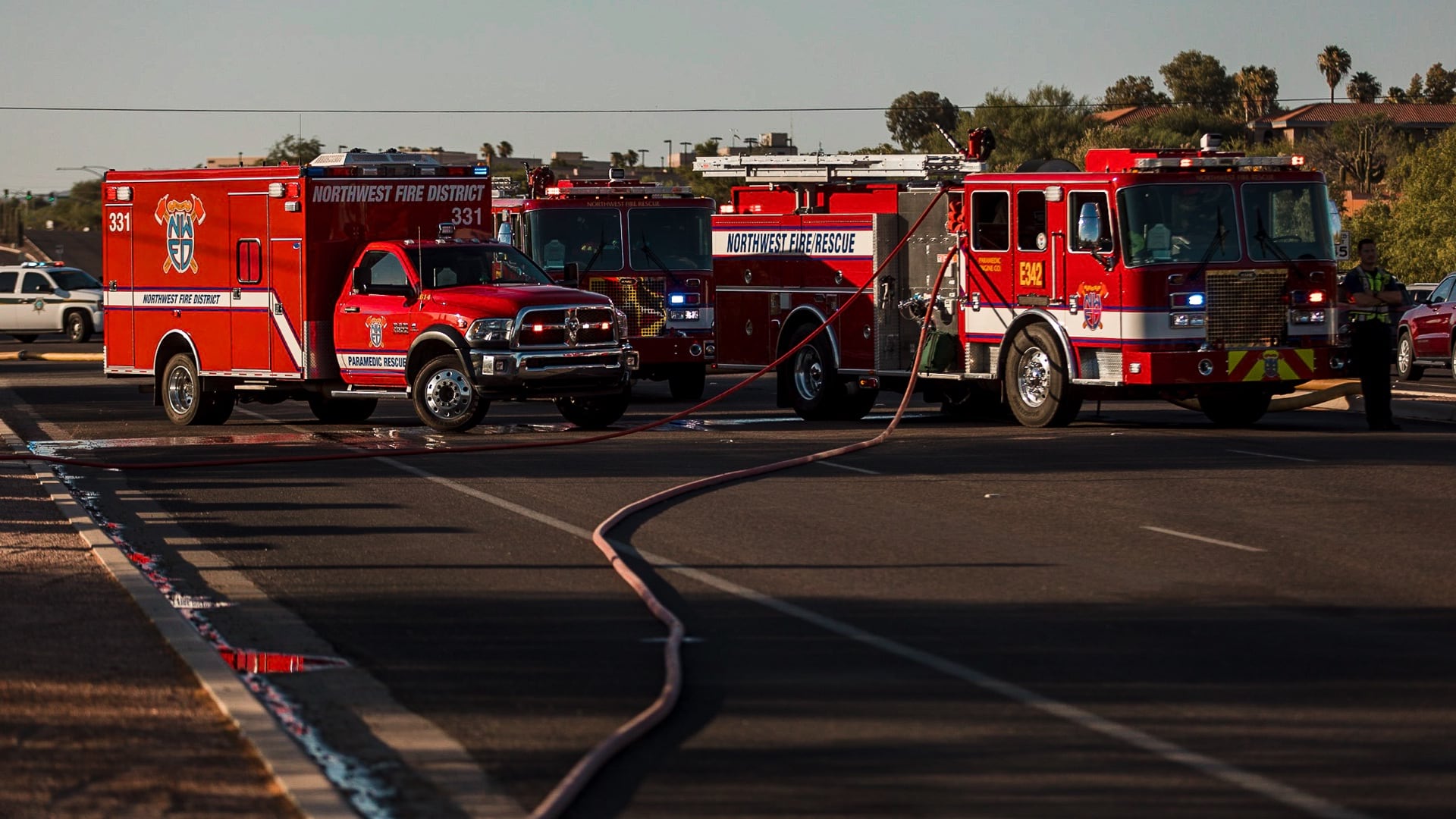
February 20, 2020 |
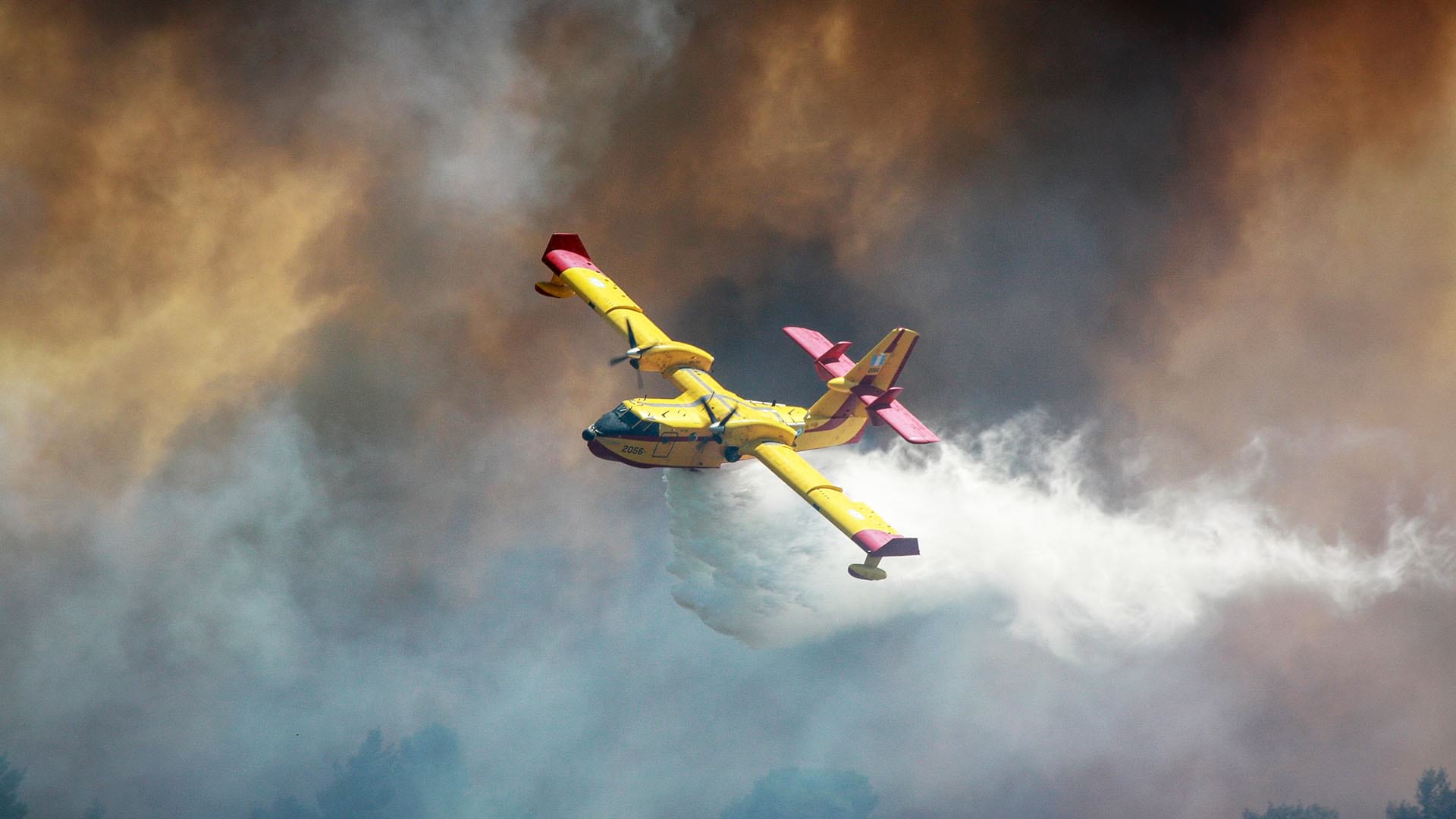
January 14, 2020 |